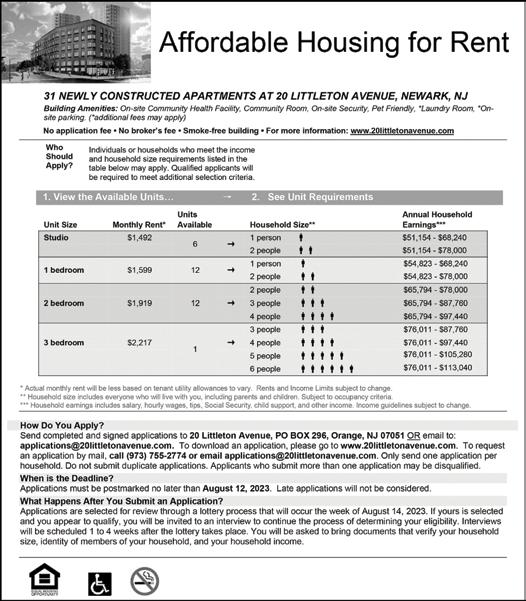
1 minute read
Phivolcs: Mayon eruption ‘quiet, gentle’ but alert level 3 remains
submitted to the National Economic and Development Authority (NEDA) a P141billion solicited proposal to upgrade the airport under a public-private partnership (PPP) setup.
The proposal gives the private concessionaire 15 years to operate the airport and recover its investment.
Advertisement
For Canilao, “the unsolicited procurement mode of the BOT Law is a powerful tool of the government to fast track infrastructure development provided the proposal is properly prepared, backed by credible and qualified proponents, and adheres to the rules, policies and guidelines of the government.”
She said MIAC’s unsolicited proposal “unequivocally meets all those criteria. We have done the homework; it is a turnkey proposal ready for government evaluation and has the financing to get boots and shovels on the ground.”
MIAC’s P267-billion package includes P211 billion in capital investments, P57 billion of which will be rolled out over the first five years, with the remaining P154 billion to be invested over the remainder of the proposed 25-year concession period.
It also includes an unprecedented P57-billion concession payment to the government — the largest ever upfront concession payment offered for a transportation PPP project in the country, whether solicited or unsolicited.
Beyond the P267 billion of upfront payment and capital investments, the government is also projected to receive an additional P280 billion over the course of the concession period from revenue sharing and taxes.
Kevin Tan, chairman and president of Alliance GlobalInfraCorp Development, said the consortium “recognizes the immense task of transforming NAIA to meet the exponentially growing demands of Mega Manila air travel, not only in the here and now but also in the future.”
He said the consortium aims to more than double the airport’s declared capacity from 31 million passengers per annum (MPPA) to about 70 MPPA in the long term.
Dr. Jim Yong Kim, vice chairman and partner of Global Infrastructure Partners (GIP), said the rehabilitation of NAIA is essential “if Manila is to become the regional economic hub we know it can be.”
GIP is one of the world’s leading infrastructure investors and airport operators, whose portfolio





